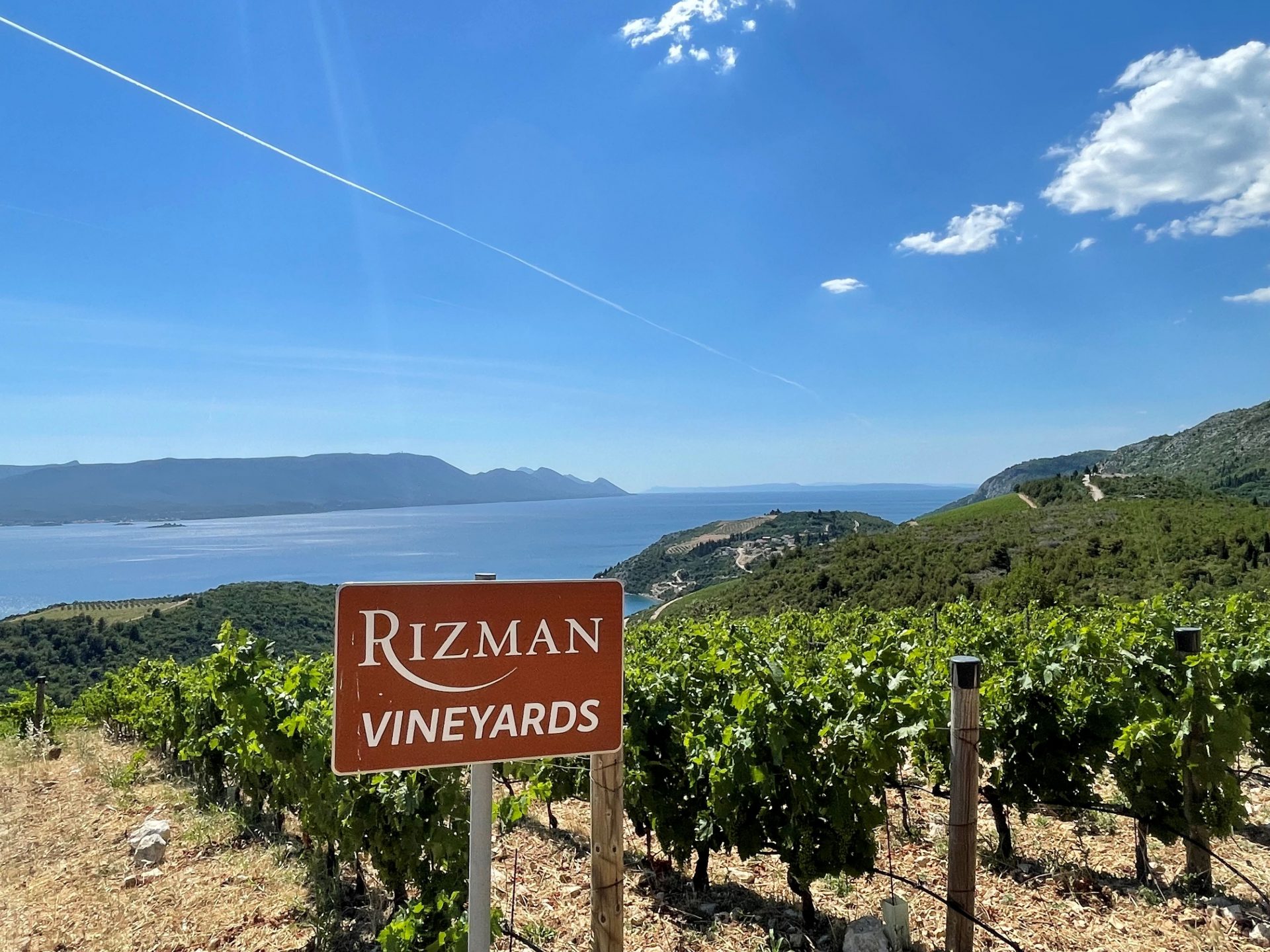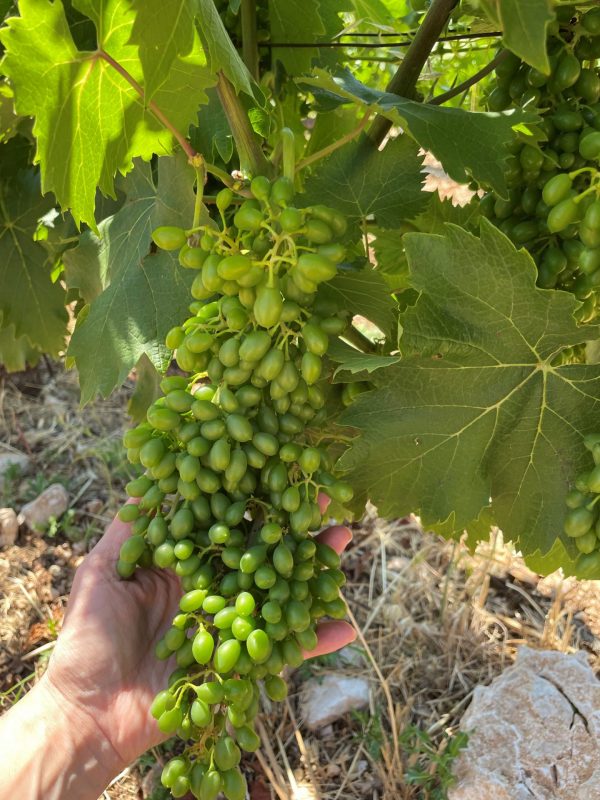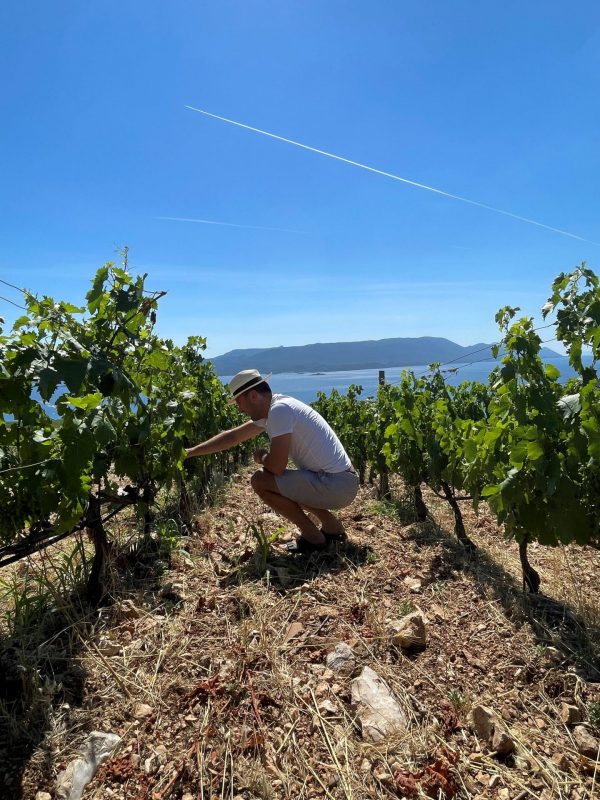The Resurgence of Indigenous Grapes

This article originally appeared in the Fall/Winter 2022-2023 print issue of Quench Magazine
According to the International Organisation of Vine and Wine, there are 6000 Vitis vinifera grapes.
If you are doing a count in your head and the list is short, there is a good reason. Thirteen grape varieties cover one third of the world’s vineyards, and 33 cover half. Those grapes that have been widely planted in multiple wine regions such as Merlot and Chardonnay are known as international varieties, while indigenous varieties refer to grapes that are associated to a particular region and have a long record of being grown there. Autochthonous grapes carry a rich heritage and play an important role both culturally and financially in their respective countries. While indigenous grapes may not be as well known by wine consumers, new wine trends and the challenges brought by climate change could change this.
The reason why only a few varieties cover a large portion of the world’s vineyards is due to a series of devastating incidents. Namely two world wars, phylloxera, and fungal diseases like downy mildew and powdery mildew. As a result of those challenging events, wine producers opted to abandon grapes that were difficult to grow, and instead replant with higher yielding varieties that also had the ability to retain their appealing aromatics and structure when grown across several wine regions. Globalization coupled with the success of variety labelling in North America also contributed to the widespread of what we now refer to as international grapes.
Meanwhile, indigenous grapes possess cultural significance for many countries. Greece is a great example of this. As Vassilis Papagiannakos of Papagiannakos Winery in Attica points out, symposium in the Greek language means drinking wine with company. The cultivation of the vine and the production of wine was, since ancient times, a key element not only in economic activity but in communication and the dissemination of ancient Greek spirits. Back then, consumption was served in gatherings that involved philosophical sessions which were called symposiums. Over the centuries, wine became a product for people of all classes and a commodity. Papagiannakos also reminds that the popular retsina, which at the end of the 19th century was flooding Greek tavernas, played a key role in preserving indigenous grapes such as Savatiano and Roditis.
The ritual of enjoying wine made from local indigenous grapes is not unique to Greece. I think of the families in the Douro who exported Port, but drank table wine at home. And Croatia! Damir Štimac, owner of Rizman Winery in Dalmatia, says that to this day Croatians have carried on the tradition of making their homemade wine. He gathers that on average people make 500 L per year for their personal consumption. This long-time practice has no doubt helped preserve Croatia’s indigenous grapes heritage. According to Štimac, the country lays claim to over 130 indigenous grapes.
Despite local support, it has been financially challenging for many of the regions blessed with autochthonous grapes. Economic and political struggles have often been the main reason, and for Eastern Bloc countries, it was extremely challenging until the end of the 20th century. Many wineries were consolidated under the state monopoly: the focus being on high yielding indigenous and international grapes to supply the USSR and Comecon, aka the Council for Mutual Economic Assistance, which the Soviet Union established to coordinate economic activity in the Eastern Bloc.
Large-scale vineyards were privileged. Countries like Hungary, who benefited from international investment and had a good system for land redistribution after the collapse of communism, recovered better. This is reflected on the export market. Robert Gilvesy, owner of The AUSTRIA winery near Lake Balaton, says that a handful of producers see the potential of their indigenous grapes and the possibility of making great wine. “Locals are not enamoured with indigenous grapes like Furmint, but sommeliers in export markets are,” he shares. “They are looking for something different and they are excited about the possibility of proposing something unique to their consumers.”
Education has been key in improving the quality of wine of recovering countries and as a result, wine production has become economically beneficial. “The younger generations are travelling and working vintages in other countries,” says Gilvesy.. “The money they make in two seasons is the same they would make in 12 months in Hungary. When they come back, they bring knowledge and contribute to the increasing quality of the local wine.”
Born in Turkey, Şeyma Baş, marketing consultant in Europe and co-founder of Maki Seltzer, also emphasizes the role of the younger generations in the increasing quality of Turkish wine. “Before, wineries would rely on consultants. Now, local winemakers study in prestigious oenology schools and come back with the desire to make our best local grapes like Narince shine.”
Oenotourism has also been financially important for wine producers. Damir Štimac likes to say that he exports 100% of his wines. “I export about 18% to other markets and the rest is consumed locally by tourists. Locals don’t want to splurge on wine made from local wineries. They drink their home-made wine.” When a country becomes a popular tourist destination, it not only helps the local economy, it exposes vacationers to the array of indigenous grapes and in return, helps boost sales on the export market.
The role of co-ops in different countries also should not be ignored in the preservation of indigenous grapes. As mentioned previously by Quench contributing editor Michaela Morris, “the 350 members cooperative Cantina di Venosa in Basilicata plays an important role in Vulture giving a place for small growers to sell their grapes, rather than abandoning their vineyards. It has also been instrumental in the revival of Malvasia Bianca di Basilicata inspiring other producers to recover this rare grape.” This is just one example. Co-ops have also played an important role in countries like Portugal and Greece.
With respect to climate change, indigenous grapes could well be a silver lining for producers. While research centres in countries like France, Italy and Germany are working on creating grapes that are resistant to drought and fungal diseases (known as cépages résistants), the renowned ampelographer Dr. José Vouillamoz insists that we should do more research on the already existing, lesser-known grapes. This is certainly what Miguel Torres of Familia Torres has been doing in the last 30 years, though
by accident. While his quest to find forgotten Catalonian grapes was originally meant to preserve heritage, his findings brought promising solutions to adapt to climate change. The white grape Forcada is a great example. In the Penedès region, it ripens one and a half month later than Chardonnay and at the time of picking, it has a total acidity of 8 mg/L. He is working with the ‘Institut National de la Recherche Agronomique Français à Montpellier’ to develop an innovative method to propagate those grapes.
Some regions are consciously doing what Dr. Vouillamoz advocates. In 2019, the winemakers of AOP Bordeaux and Bordeaux Supérieur adopted with unanimity a list of seven new grapes, as long as they would not represent more than 5% of the plantings and 10% of the blend. Those grapes (Arinarnoa, Castets, Marselan, Touriga Nacional, Alvarinho, Liliorila, Petit Manseng) were chosen out of 52 grapes they had been experimenting with since 2009.
In McLaren Vale Australia, producers have been championing Mediterranean grapes. Shiraz might be the most planted grape in this region, but it is not the most adapted to climate change. This is why Stephen Pannel has planted over 20 different grapes, including Fiano, Assyrtiko and Touriga Nacional. “My Montepulciano finishes at 3.3 to 3.4 pH, while my Shiraz can go up to a pH of 3.9. In some years, my Shiraz reaches 15.5%. This does not make a food friendly wine.” The Italian grapes allow him to add less S02 and make it easier to control microbial stability.
Indigenous grapes have also been helpful in adapting to increasing problems with drought. Vassilis Papagiannakos says that Savatiano has been cultivated without irrigation since antiquity and nothing has changed. This is despite the fact they only have 25 days of rain per year.
Savatiano is durable. Damir Štimac echoes the resilience of indigenous grapes in general, saying “local varieties have shown in the last century that they are best suited to survive difficult conditions and are the best adapted. Plavac Malic resists drought and reacts much better if it gets very little water.” Such grapes could offer solutions to countries suffering from lack of water. It is certainly what many winemakers in McLaren Vale are exploring.
The history of indigenous grapes might have been tumultuous, but the future is looking much brighter. The tide is turning, and everything is aligned for those varieties to shine and get the attention they deserve. Join the trend, many wine professionals and wine lovers already have.


